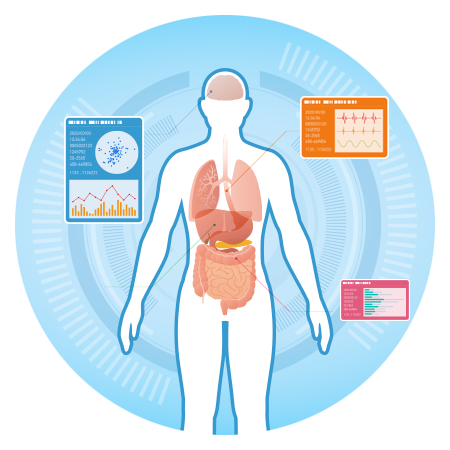Module 3: Assessment
Lesson 2
Comprehensive assessment of acute pain in children
Pain assessment in children involves an interview with the child and/or caregiver, physical assessment and use of age- and context-appropriate pain measurement tools (Australian and New Zealand College of Anaesthetists and Faculty of Pain Medicine, 2015, p. 412). While verbal self-report is the best measure of pain, it is not always possible in children. Observational and behavioural assessment tools are acceptable for children who cannot communicate. However, depending on the age and the communication ability of the child, valid and clinically sensitive assessment tools exist. The Hospital for Sick Children (SickKids) in Toronto has developed an algorithm of pain assessment and management of the child.
Several scales have also been developed for neonates and infants. These involve physical signs such as heart rate or behavioural responses such as crying and facial expressions (Australian and New Zealand College of Anaesthetists and Faculty of Pain Medicine, 2015, Table 9.1).
Further examples of composite pain measurement scales for infants and children (Table 9.2), self-report for children (Table 9.3) and observational scales for intellectually disabled children (Table 9.4) are provided in The Australia New Zealand Acute Pain Guidelines (2015).
Key messages
- Pain measurement tools are available for children of all ages.
- Paediatric pain measurement tools must be matched to the age and development of the child.
- Pain assessment and measurement are important components of paediatric pain management.
- Pain measurement tools must be appropriate for the clinical context.
- Pain measurement tools must be explained and used consistently.
Reference:
- Australian and New Zealand College of Anaesthetists and Faculty of Pain Medicine. (2015). Acute Pain Management: Scientific Evidence (4th ed.). Retrieved from http://fpm.anzca.edu.au/documents/fpm-apmse4-final-20160426-v1-0.pdf
